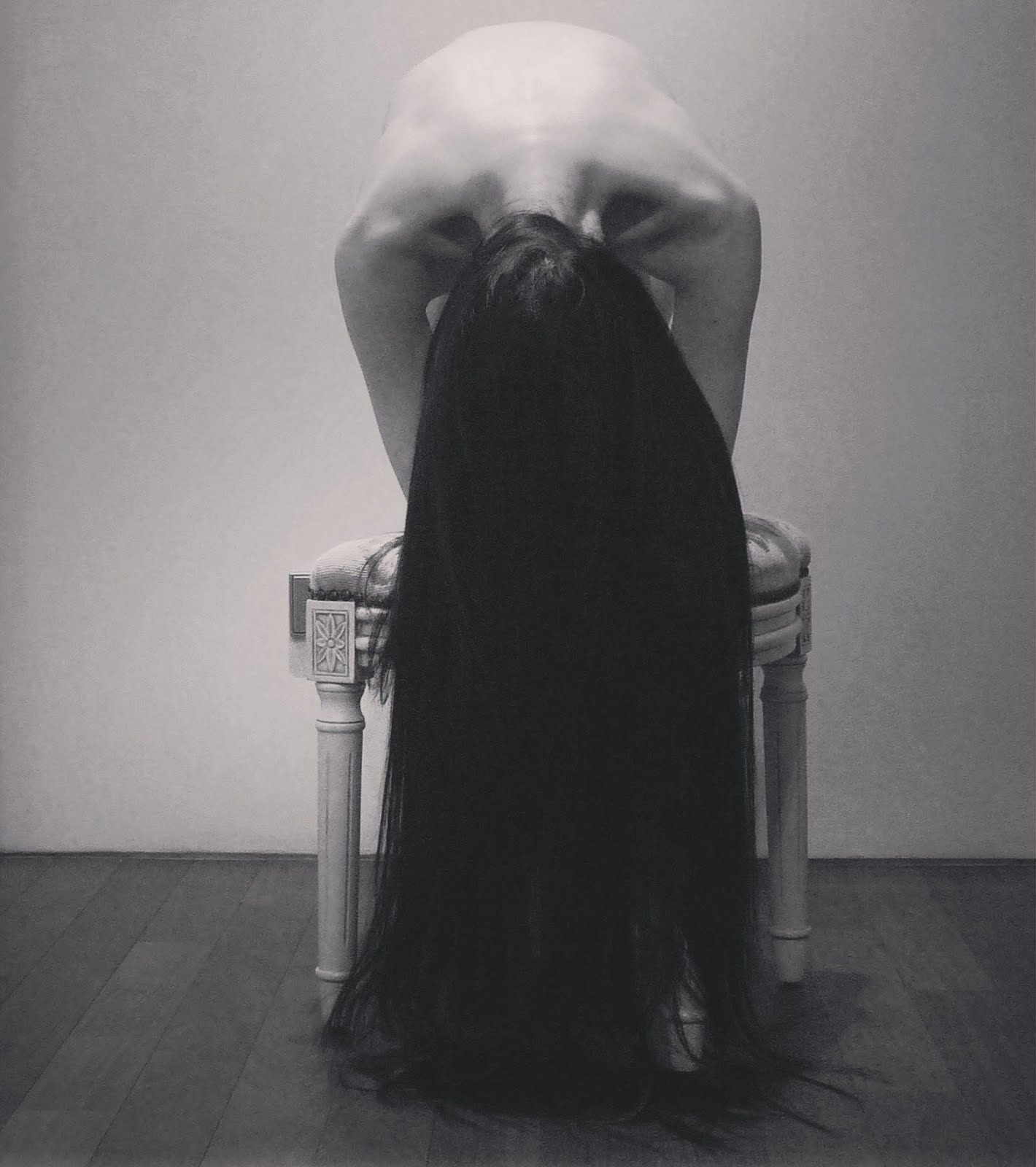
When I was in junior high school (thirteen or so), I watched Maria's performance for the first time on television, which was her ball routine in the 1993 Malaga European Cup. The choreography, the music, her technically perfect execution, gorgeous artistic rendition, and even down to her choice of costumes etc., had me completely engrossed. I then started writing articles about her and carefully following all her competitions - in a word, I was rather obsessed.
.jpg)
The reason why I enjoy and use YouTube so much is because I can access numerous rare video clips of something I might otherwise never be able to find (or will definitely take me forever to locate), as well as the fact that I make lovely discoveries everyday. Below are Maria's performances of the ball routine in 1993, 1995, and 1996, the year in which she retired.
The beginning of the ball routine in this clip is cut, but you can see it in the second video clip. The performance I watched and was mesmerised by is the 1993 Alicante World Championship (first clip).
About Maria Petrova
Maria Petrova (Bulgarian: Мария Петрова) (born November 13, 1975 in Plovdiv, Bulgaria) is a Bulgarian rhythmic gymnast. She shares the world record for the most individual world all-around rhythmic gymnastics titles of all time and has never placed lower than seventh in any competition in her entire career.
Petrova began her training at the age of five at the Levski Club in Sofia, Bulgaria coached by Natalia Moravenova. In her first World Championship appearance in 1991, she came second in the team competition after a hoop drop. Petrova found herself in fifth at the Barcelona Olympics after a penalty of .20 was imposed due to the zipper on the back of her leotard that had broken during her hoop exercise. A few months later, Petrova took second place behind Oxana Kostina and ahead of Larissa Lukyanenko.
In 1993, Petrova performed with her Panovaesque ball to an Indian melody. She also competed in a ribbon exercise, and a small-toss filled clubs routine to Suzanne Vega's "Tom's Diner". Her final performance to Carmina Burana caused a great crowd ovation. She went on to win the all-around, as well as three more gold medals (ball, hoop, ribbon) and a bronze medal (clubs).
She went on to win one more European title and two more world titles (shared in 1995 with Yekaterina Serebrianskaya), tying her with countrywoman Maria Guigova for the most wins in the latter category. Although she had tried to retire several times after her first World title, Petrova continued competing as a favor to the Bulgarian national team, which was in a rebuilding phase after the Eastern European Communist collapse.
Petrova shares the world record for most individual world all-around rhythmic gymnastics titles with Maria Gigova. Petrova's three titles were earned in 1993, 1994, and 1995 (shared).
In 1998 Petrova married Bulgarian footballer Borislav Mikhailov. She is currently a judge in rhythmic gymnastics.
(Via: Wikipedia)







.jpg)
+Solarised+Print.jpg)

















+by+Modigliani.jpg)
+by+Dante+Gabriel+Rossetti.jpg)






